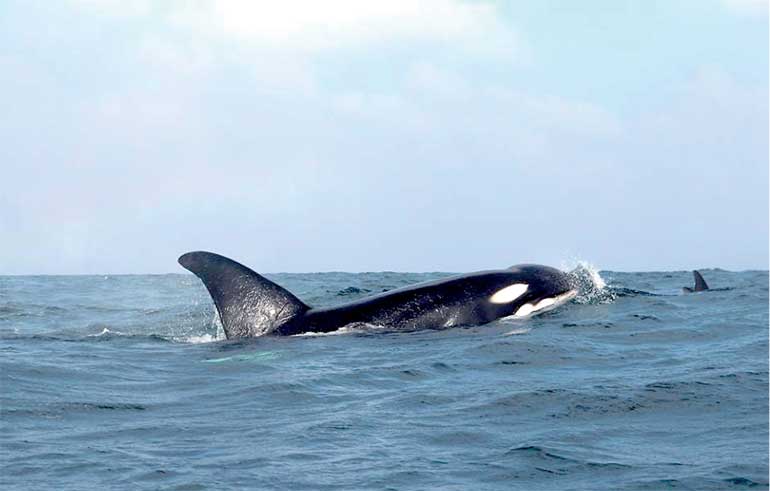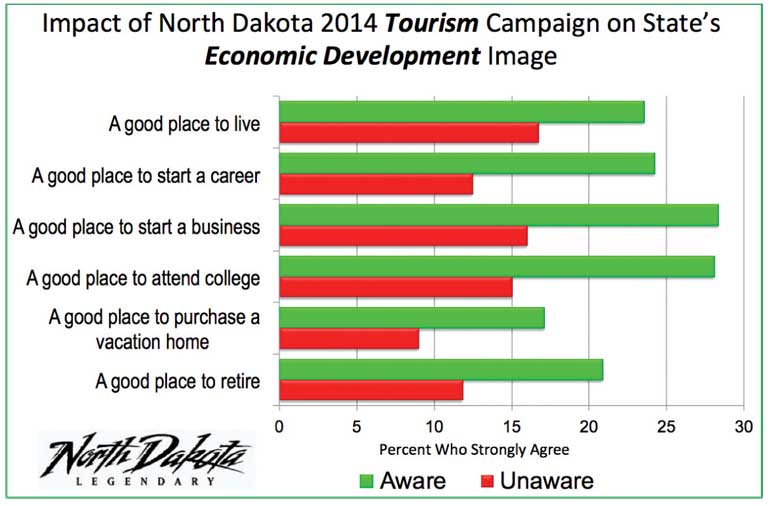Thursday Mar 13, 2025
Thursday Mar 13, 2025
Tuesday, 15 December 2015 00:01 - - {{hitsCtrl.values.hits}}
Budget proposal 2016
The budget proposal of abolishing the TDL that wiped off almost a billion rupees from the marketing budget of Sri Lanka Tourism and the directing of the rest of the funds to the treasury sure shook the industry. Whilst there can be merit to these proposals, the fact of the matter is that the industry has gone through a lot of challenges in the last few years and is looking for support to attract the ‘Dollar two hundred plus visitor’. For this to be achieved, it is paramount that a strong marketing support be unleashed is what past research unearth.

The killer whale has returned to the shores of Sri Lanka
Importance of tourism marketing
There is many a debate if destination level tourism marketing helps the domestic leisure business. If we look back at Sri Lanka, we see the post 2009 era, which maintained a hypothesis that ‘Peace will bring in the tourist to the country.’ During this period, Sri Lanka saw an absence of professional marketing without the service of a global advertising agency, PR agency or a digital marketing partner. Whilst from a national perspective we might be disappointed, but the private sector must be commended for Sri Lanka registering a near two million travelers into the country.
Post 2015 and the new Government that came to play, the industry once again saw a strong private-public working model but the developments in the last few months, especially the calling off of the ‘Creative Pitch’ by the top seven global advertising agencies just two days before proposals were to be submitted, once again surprised the industry. The million dollar question in many industry stakeholders’ minds is: is Sri Lanka serious about destination marketing? The 2016 budget proposals presented on the tourism promotions front added to skepticism industry in my view.

Tourism marketing, does it work?
Let me take a case in point with documented research on how North Dakota used a focused tourism marketing campaign and how it not only helped the tourism front but also in many other areas of the economy.
The campaign called ‘Legendary’ was unleashed by North Dakota, a state in the US which has been praised for one of the most successful marketing initiatives in ‘place branding’, mentioned by many top marketing universities. The ROI demonstrated that North Dakota’s US campaign generated over $100 in visitor spending for every dollar spent on advertising.
North Dakota’s ‘Legendary’ advertising campaign kicked off a few years back and revealed some interesting results. For some of the key issues researched, the feedback received was encouraging for future destination marketing entities. Some of the key extracts are as follows:

Further research revealed the following from the Forbes study:
Hence it we see how tourism advertising can helps boost a state’s image in many dimensions whilst having many other benefits which I guess is a pick to Sri Lanka even with all the challenges we are facing.
The North Dakota case study also explains the effectiveness of tourism advertising and the improvement of consumer perceptions of the state. Whilst tourism marketing has been shown to generate significant economic impact by driving visitation, these results demonstrate the potential long-term benefits for broader economic development which I guess justifies the importance of destination marketing to driving place strategy.
What research says:
If one tracks to the words of early educational psychologist Edward Thorndike, who coined the term “the halo effect” in a 1920 article titled ‘A Constant Error in Psychological Ratings,’ Thorndike asked two commanding officers to evaluate their soldiers in terms of physical qualities (neatness, voice, physique, bearing, and energy) and personal qualities (including dependability, loyalty, responsibility, selflessness, and cooperation). He found that if an officer liked one aspect of the soldier, he tended to have a positive predisposition toward everything about him. This is exactly why it is advocated that we first launch a destination marketing campaign and then focus on a nation branding strategy that is more complex and political in nature.
Implication to Sri Lanka
While the private sector has been driving brand related demand generation activities in Sri Lanka, there is yet merit on macro destination marketing. I guess Sri Lanka needs to first do the basics such as appointing of a global advertising agency, PR agency in the key market, and in today’s world a strong digital partner who has a creative fair. It is only then that we can develop destination marketing campaigns.
Author: The thoughts shared are authors own ideas and not the views of the organization he serves in the Public or private sector.
Discover Kapruka, the leading online shopping platform in Sri Lanka, where you can conveniently send Gifts and Flowers to your loved ones for any event including Valentine ’s Day. Explore a wide range of popular Shopping Categories on Kapruka, including Toys, Groceries, Electronics, Birthday Cakes, Fruits, Chocolates, Flower Bouquets, Clothing, Watches, Lingerie, Gift Sets and Jewellery. Also if you’re interested in selling with Kapruka, Partner Central by Kapruka is the best solution to start with. Moreover, through Kapruka Global Shop, you can also enjoy the convenience of purchasing products from renowned platforms like Amazon and eBay and have them delivered to Sri Lanka.
Discover Kapruka, the leading online shopping platform in Sri Lanka, where you can conveniently send Gifts and Flowers to your loved ones for any event including Valentine ’s Day. Explore a wide range of popular Shopping Categories on Kapruka, including Toys, Groceries, Electronics, Birthday Cakes, Fruits, Chocolates, Flower Bouquets, Clothing, Watches, Lingerie, Gift Sets and Jewellery. Also if you’re interested in selling with Kapruka, Partner Central by Kapruka is the best solution to start with. Moreover, through Kapruka Global Shop, you can also enjoy the convenience of purchasing products from renowned platforms like Amazon and eBay and have them delivered to Sri Lanka.